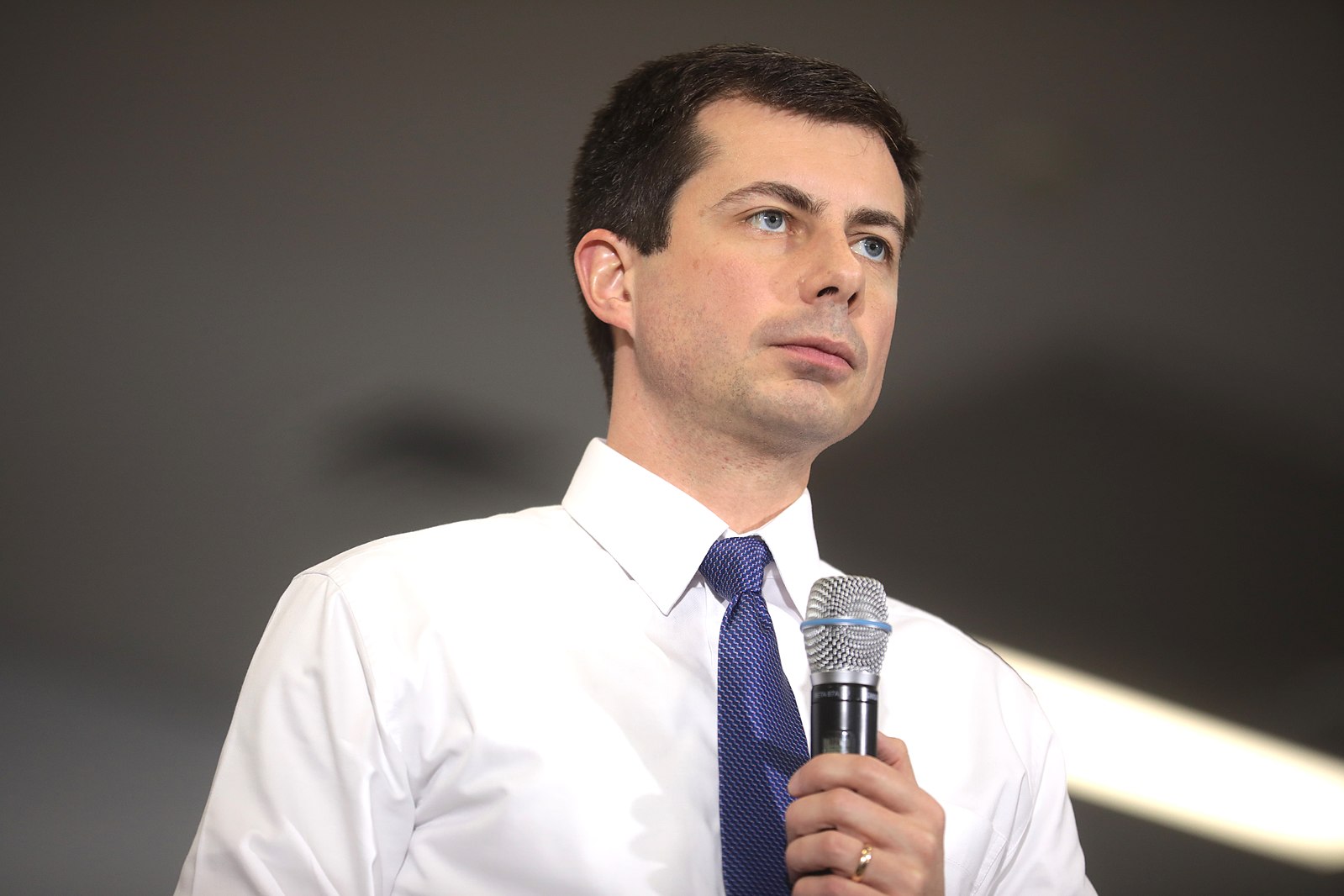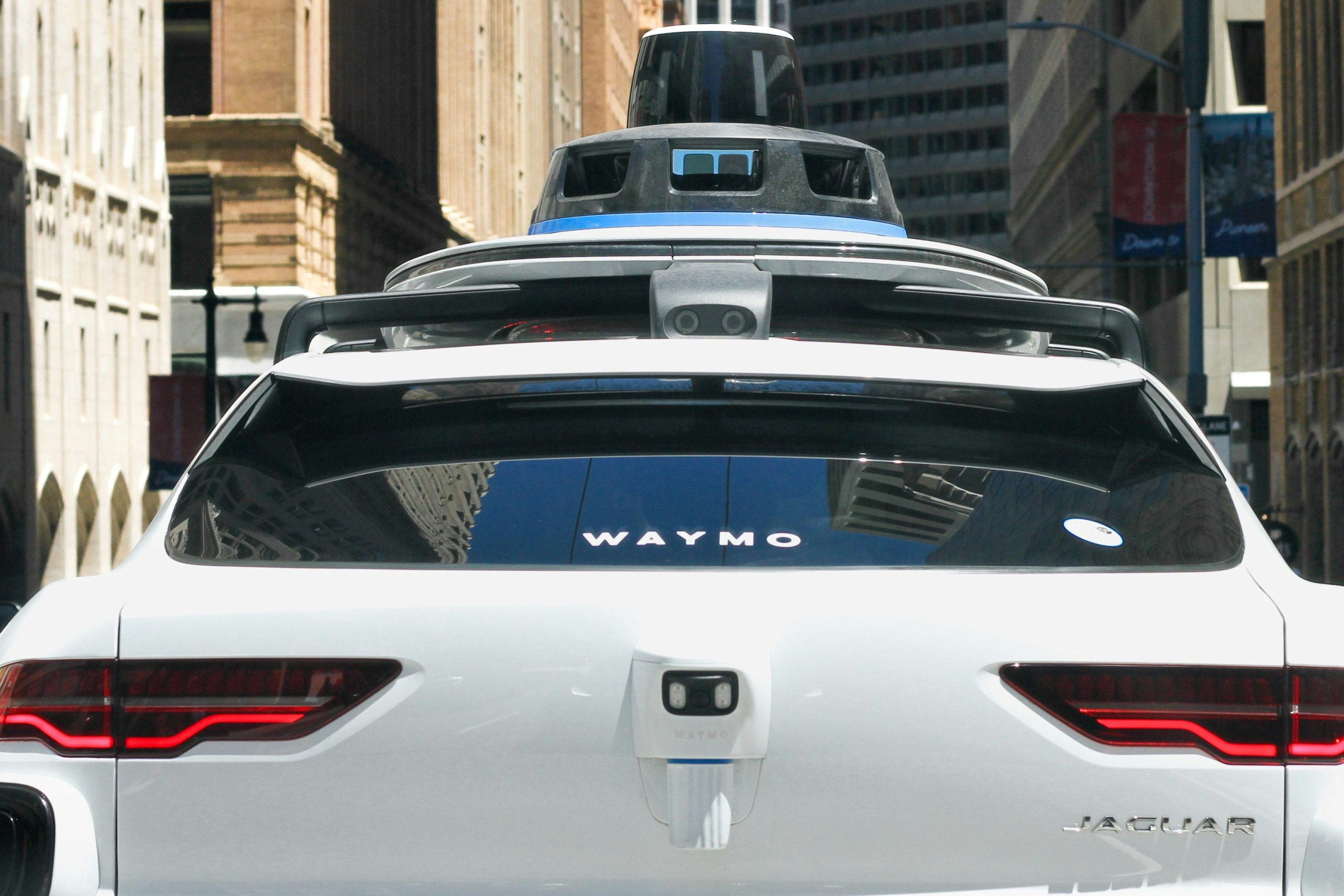Cross-posted from the Frontier Group.
A century ago, a new transportation technology burst onto the scene that threatened to disrupt everything: the car.
Thinkers of the day, along with boosters of the new technology, dreamed grand dreams of the utopia it would bring. General Motors’ Futurama exhibit at the 1939 World’s Fair (shown in the amazing 1940 promotional film, To New Horizons) envisioned a nation criss-crossed by broad highways engineered for “safety - safety with increased speed”; American cities that were “replanned around the highly developed, modern traffic system”; and a network of urban express highways with rights of way “so routed so as to displace outmoded business sections and undesirable slum areas whenever possible.”
Sound familiar? The vision of the future dreamed up by General Motors largely came to pass... but utopia did not follow. Missing from Futurama, as from most utopian visions, was a full understanding of the trade-offs involved -- the gutting of city after city for the construction of urban freeways; the expenditure of trillions of dollars over the last half-century on the highway system; the loss of roughly a million lives to motor vehicle crashes in the U.S. since 1990 alone (so much for “safety with speed”); environmental degradation and public health damage from vehicle exhaust and fossil fuel production -- the list goes on and on.
The utopia of Futurama was one the United States willingly strove to implement through public policy. The data presented in this story in CityLab by Richard Florida and Aria Bendix show that, while cities and countries around the world embraced the car to some degree and continue to do so, no one pushed as many chips to the center of the table in a big bet on automobility as the United States. The technology available to those countries was the same; the role it was given within society differed.
This history is important to remember as we consider the next disruptive technology to transform transportation: autonomous vehicles. David Roberts at Vox has a fantastic piece up on the “transformative potential of self-driving cars” and his is a utopia worth aspiring to – one in which autonomous, electric cars reduce the amount of space in our cities devoted to cars and parking, play nicely with bicycles and pedestrians, and allow such travel as does occur to take place with a minimum of environmental impact.
But it is critical to understand that neither Roberts’ utopian vision, nor the various dystopian visions about the future of driverless cars, are foreordained. The form autonomous vehicles and the cities that surround them will take in the future is likely to be driven as much by public policy as by technology.
Autonomous vehicles can be many things. They can be safe for their users, safe for other road users (including pedestrians and cyclists), comfortable, fast, efficient, affordable, and environmentally sensitive. It is unlikely that they can be all of those things to everyone all of the time. A Google car that stops safely for every pedestrian in harm’s way is unlikely to get through a city very fast – and if it is not very fast, who will choose to use it? Nor is a vehicle that starts and stops a great deal likely to be a place where everyone will feel comfortable watching Netflix or catching up on texts, as the emerging literature on autonomous vehicles and motion sickness suggests.
There is also no consensus as to which of these values – safety, speed, comfort, environmental impact -- is likely to predominate when the time comes for trade-offs to be made. On one hand, you have Roberts’ vision of low-speed autonomous vehicles traveling in harmony with pedestrians and cyclists on shape-shifting streets that perfectly balance everyone’s needs while preserving safety. At the other extreme, you have visions like this one in which autonomous vehicles whip through city centers at high rates of speed with nary a cyclist or pedestrian in sight.
Who will strike the balance among these values and imperatives? Often, the question is raised as one of ethics -- if an autonomous vehicle is forced to choose between an action that will harm its occupant or one that will harm, say, a child wandering into the street, what will it choose to do? But really, it is a question of law, and questions of law are ultimately settled -- for better or worse -- through the political system.
At a forum Monday on autonomous vehicles at the Shared Use Mobility Summit in Chicago, Lauren Isaac of Parsons Brinckerhoff noted that the difference between an autonomous vehicle utopia and an autonomous vehicle nightmare is one of smart public policy. But the same is true of our current, non-autonomous vehicle system. We already, for example, have many proven “technologies” for keeping pedestrians and cyclists safe in our cities – low, aggressively enforced speed limits, traffic calming techniques, protected bike and walking paths, etc. We just simply choose not to use them all that much.
We have lived with the automobile so long that we forget that the rules surrounding its use in society were determined by people motivated by a particular set of values and self-interests. We live with the legacy of their decisions every day, as Roberts’ concerns about the danger of autonomous vehicles falling victim to path dependence illustrate.
I am an optimist in that I believe that a vision for autonomous vehicles like the one Roberts describes is possible – a future in which autonomous vehicles can be used to serve the goals of health, safety, environmental protection, efficiency with regard to the use of public funds and natural resources, and sustainable economic prosperity. But, that future is not inevitable. To get there, we first must articulate a compelling vision (Roberts’ is a good start), be clear about our values, and then lay out a pathway for how those values can be supported through smart and judicious use of public policy.
The arrival of the car in the early 20th century led to the creation of countless laws to regulate, encourage and (in some cases) virtually require its use. The policy debate around autonomous vehicles provides an opportunity to revisit many of those decisions. If the AV revolution achieves nothing more than that, it may still be of great value. But there is potential to achieve more – much more. Articulating our vision of what utopia might look like is a first step toward making it a reality.




